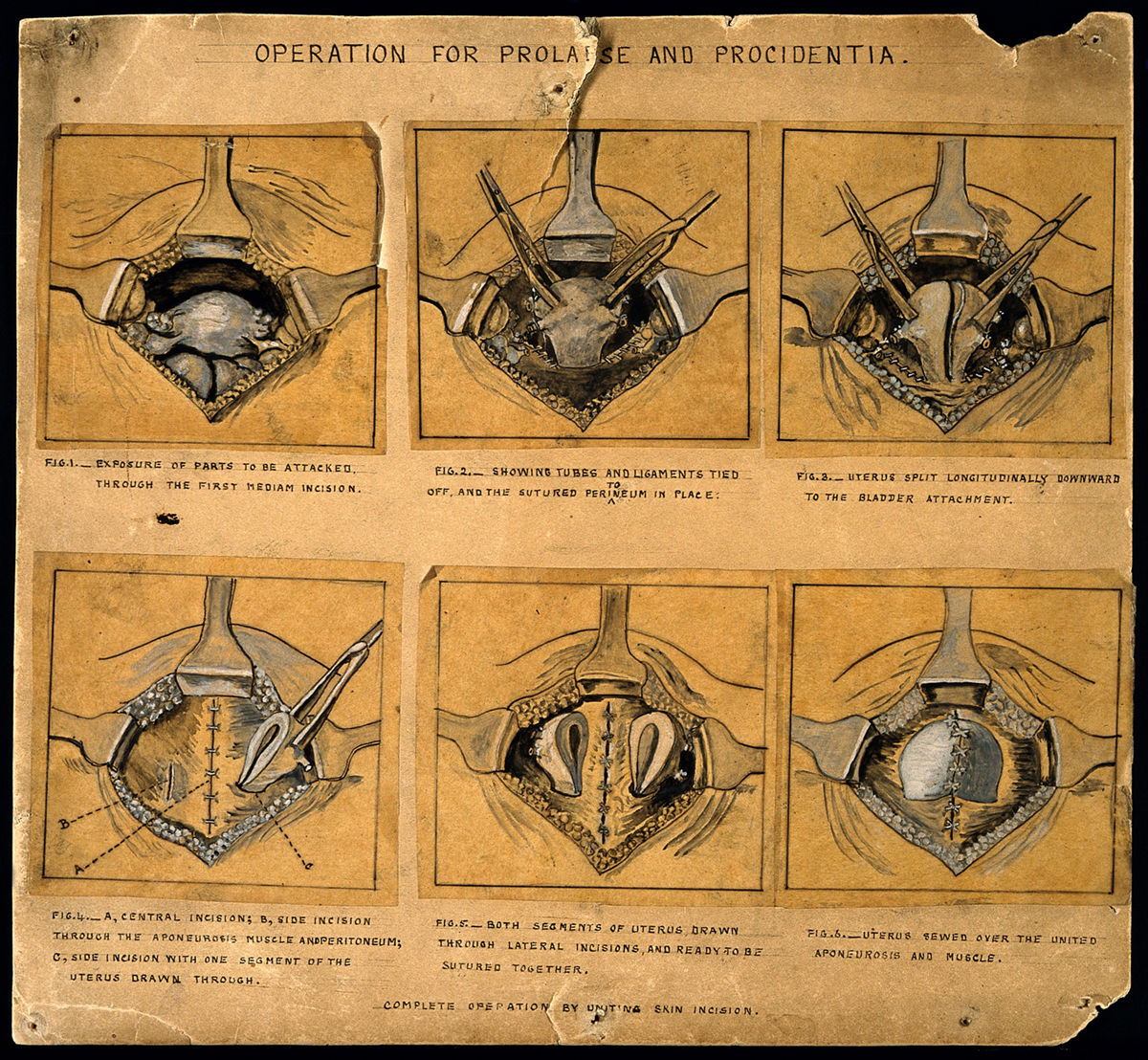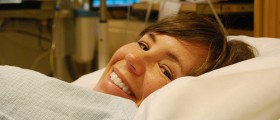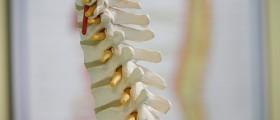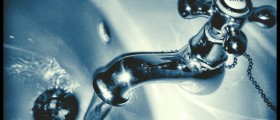
The uterus is located inside the pelvis and represents a part of female reproductive system. It is kept in its place with the assistance of various muscles, tissues and ligaments. In some cases due to difficult childbirth the muscles that hold the uterus in its place may become weak. This together with the process of aging are two major factors that contribute to the condition called prolapsed uterus.
Prolapsed uterus can be classified according to degree of the prolapse. The first degree prolapsed uterus features only with prolapse of the cervix into vagina. In case of second degree prolapse the cervix sticks to the opening of the vagina and in the third degree prolapse the cervix is outside the vagina. Fourth degree uterine prolapse is the most severe form of the condition in which the entire uterus protrudes outside the vagina.
What are Causes of Prolapsed Uterus?
Certain conditions stand in direct connection with prolapsed uterus. They include multiple vaginal childbirths, weakening of the pelvic floor muscles associated with the process of aging and weakening and loss of tissue tone as well as loss of natural estrogen due to menopause. Furthermore, prolapsed uterus affects women suffering from chronic cough (increased abdominal pressure), pelvic tumors or those exposed to prolonged straining (for example women suffering from constipation). Obese women are more susceptible to the condition and finally in women who have had extensive operation in the pelvis and who have been removed certain pelvic organs the chance of prolapsed uterus drastically increases.
Clinical Characteristics of Prolapsed Uterus
Women suffering from prolapsed uterus commonly complain about a felling of fullness or pressure in the pelvis, low back pain and a sensation that something is coming out of the vagina. What is more, prolapsed uterus makes it hard for a woman to have an intercourse and the very intercourse can be very painful and unpleasant. Additionally, prolapsed uterus include problems with urination and defecation.
Treatment for Prolapsed Uterus
Women are first recommended to start with Kegel exercises, specially designed exercises that may increase the strength of the pelvic floor muscles and provide proper support to the uterus. Some women may benefit from rings that are inserted into their vagina. And finally, in severe cases of the condition only the surgery may provide with desirable results. The surgery may either repair the uterus or remove it. Surgical removal of the uterus is medically know as hysterectomy. This specific type of surgery can be performed abdominally, vaginally or laparoscopically. In case there are additional problems with nearby organs such as cystocele or rectocele they can be repaired at the same time as the uterus is operated.

















Your thoughts on this
Loading...